The Tale of Mrs. Tiggy-Winkle by Beatrix Potter | Book Review
 Disclosure: I did not receive any compensation for this review. Particularly from the author, as she is deceased. I borrowed this book from the library. I would like to return it. It has mysterious smudges. Cover art is copyright of Frederick Warne. Whoever he is. Oh, and the Random Penguin House. Them too.
Disclosure: I did not receive any compensation for this review. Particularly from the author, as she is deceased. I borrowed this book from the library. I would like to return it. It has mysterious smudges. Cover art is copyright of Frederick Warne. Whoever he is. Oh, and the Random Penguin House. Them too.
This is the story of a little girl named Lucie who has lost her pinny…and all of her handkerchiefs. She sets out to find them, inquiring to the animals she meets along the way. Shockingly, they all snub her. At last Lucie comes across a “little person” who may know the whereabouts of her belongings.
I thought hedgehogs had bad eyesight, but little Lucie clearly needs glasses. It takes her the entirety of the story to be clued in to Mrs. Tiggy-Winkle’s species. No wonder she keeps losing her stuff. She probably can’t see where she left it!
Mrs. Tiggy-Winkle is some sort of servant, picking up after all the hooligan animals in the farm and hillside. She seems to enjoy her work, but that’s what the privileged always say about those in servitude. She is nothing but polite to Lucie, explaining which garment belongs to which animal as she works. She even makes Lucie some tea. Lucie spends the whole time giving Mrs. Tiggy-Winkle the side-eye, staring at her wrinkly brown hands and prickles, and keeping her distance.
By the end of the story, Mrs. Tiggy-Winkle has received a handful of thanks for her labour, which is probably more than her washer women contemporaries would get. Lucie finally comes to the conclusion that Mrs. Tiggy-Winkle is a hedgehog. Nay, in her words she is “nothing but a hedgehog.” RUDE!
This book was a quaint read with pretty pictures, but it was spoiled by Lucie’s naive and tedious nature. Mrs. Tiggy-Winkle, however, has my utmost respect.


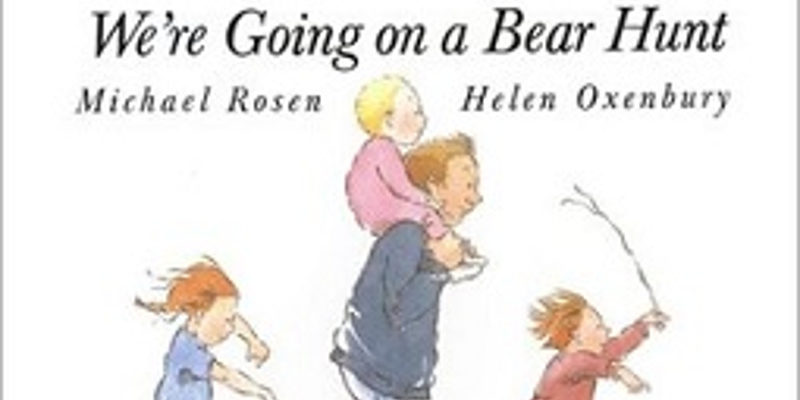
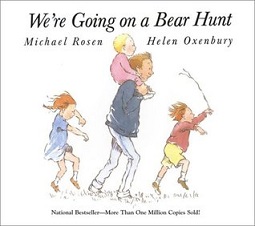 This is the story of five children. Yes, the tall one is a child. He just has a serious case of dad-face.
This is the story of five children. Yes, the tall one is a child. He just has a serious case of dad-face.

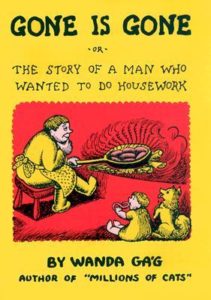 Disclosure: I did not receive any compensation for this review. Cover art is copyright of Minnesota Press.
Disclosure: I did not receive any compensation for this review. Cover art is copyright of Minnesota Press.

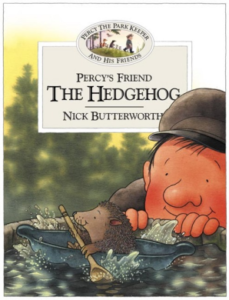 Percy is a park keeper. All of his friends are animals, because why not?
Percy is a park keeper. All of his friends are animals, because why not?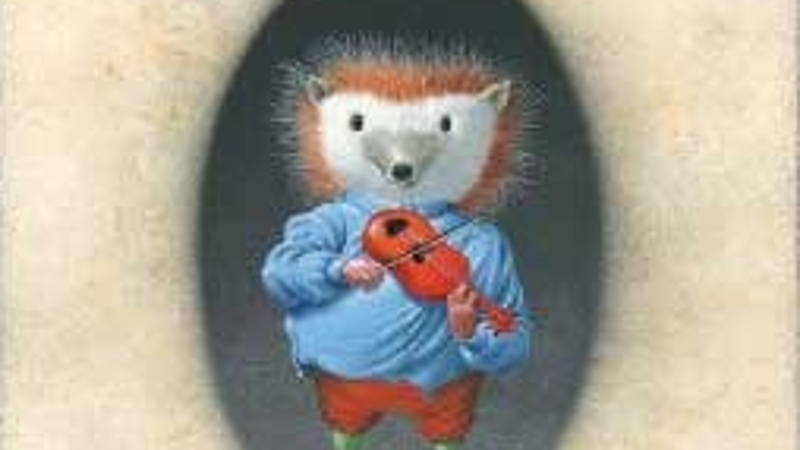
 Disclosure: I did not receive any compensation for this review. I tried to contact the Brothers Grimm in a seance to see if they had any long lost manuscripts I could pawn on eBay, but there was no response. Cover art is copyright of Atheneum Books for Young Readers.*
Disclosure: I did not receive any compensation for this review. I tried to contact the Brothers Grimm in a seance to see if they had any long lost manuscripts I could pawn on eBay, but there was no response. Cover art is copyright of Atheneum Books for Young Readers.*
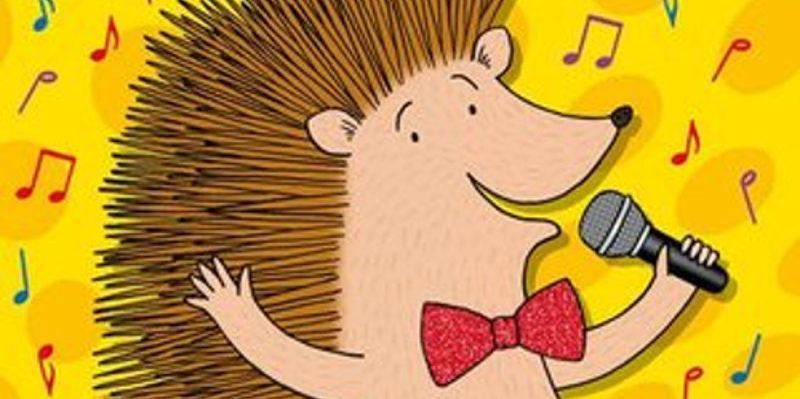
 In this book, all sorts of animals are playing music. Except the hedgehog, he just hums. What are they trying to say? Hedgehogs can’t play instruments? Why couldn’t the hedgehog play the violin? They’ve got penguins playing the violin. PENGUINS! How is that even possible with their flippies?
In this book, all sorts of animals are playing music. Except the hedgehog, he just hums. What are they trying to say? Hedgehogs can’t play instruments? Why couldn’t the hedgehog play the violin? They’ve got penguins playing the violin. PENGUINS! How is that even possible with their flippies?
 This is the story of Cushion, a lone Porcupine who lives in a petting zoo. You can imagine what a depressing life that is! Lonely and dejected, Cushion jailbreaks his pen and goes in search of a wife, banjo in hand. Yes, he plays the banjo. I can’t decide if this is magnificent or mortifying. Maybe both.
This is the story of Cushion, a lone Porcupine who lives in a petting zoo. You can imagine what a depressing life that is! Lonely and dejected, Cushion jailbreaks his pen and goes in search of a wife, banjo in hand. Yes, he plays the banjo. I can’t decide if this is magnificent or mortifying. Maybe both.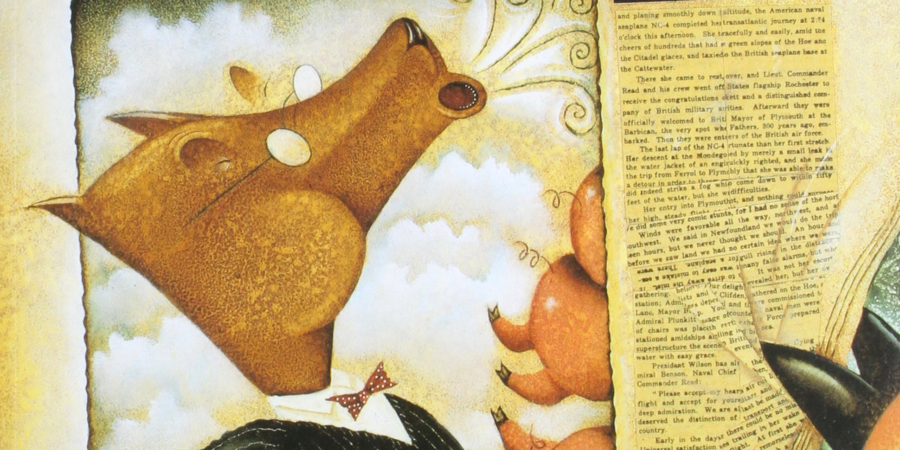
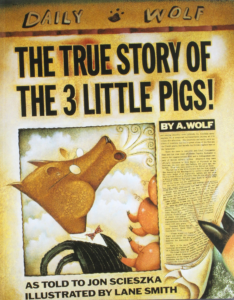 Disclosure: I did not receive any compensation for this review. I didn’t even get a cup of sugar. Cover art is copyright of Scholastic.
Disclosure: I did not receive any compensation for this review. I didn’t even get a cup of sugar. Cover art is copyright of Scholastic.